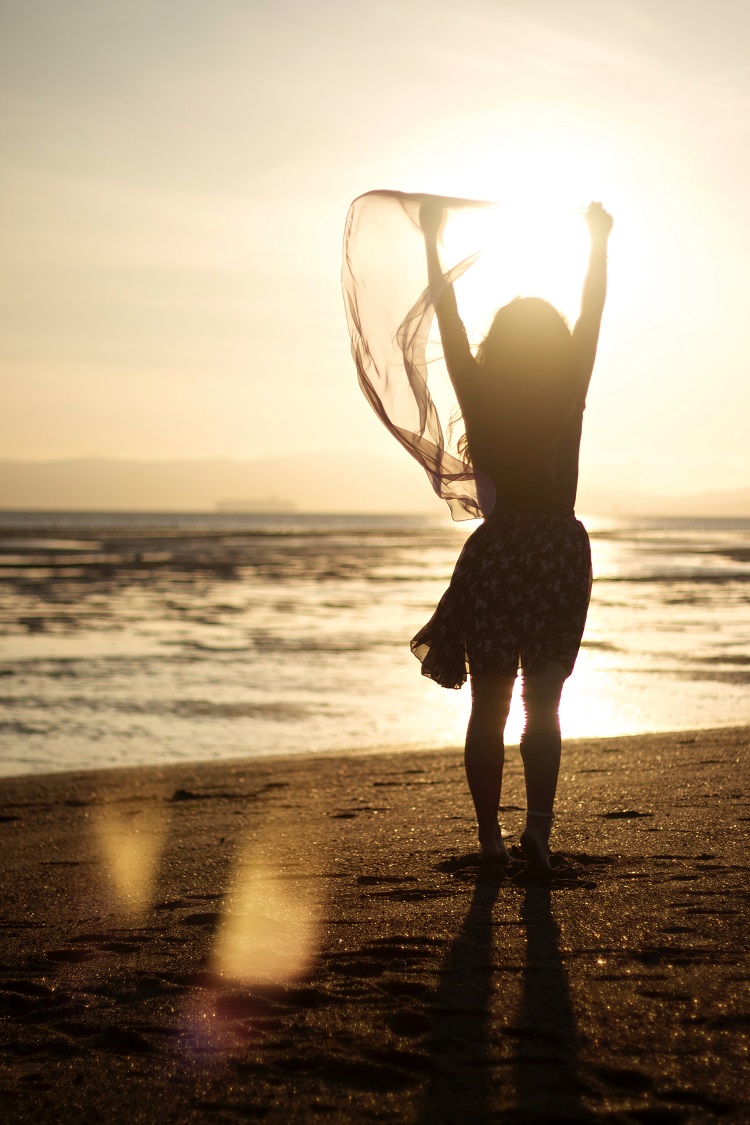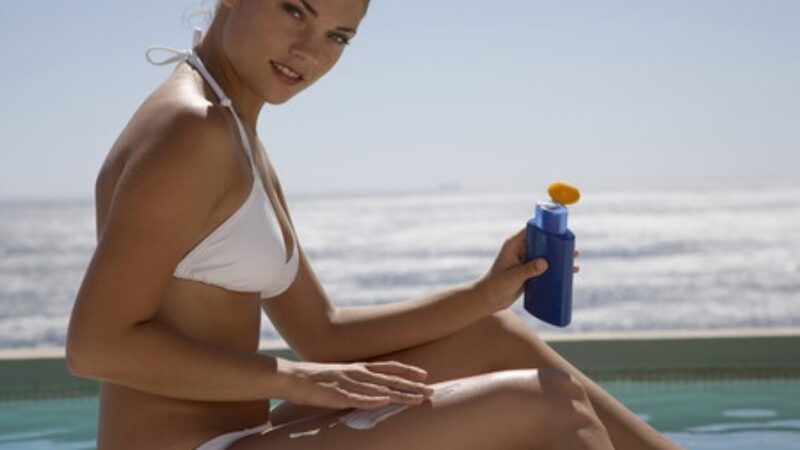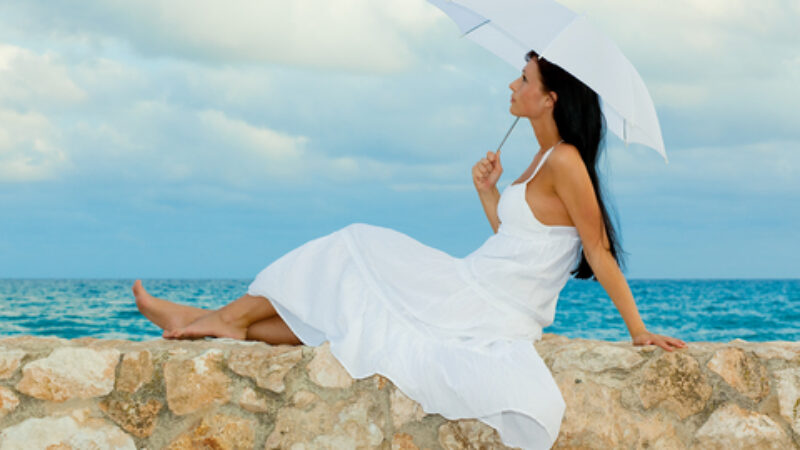Results of an international study published earlier this year and involving nearly 20,000 participants sheds light on how we’re doing with regards to sunscreen use, sun damage protection and skin cancer detection. Using a representative sample of each participating country’s national population based on official demographic statistics on gender, age and region, researchers from La Roche Posay and George Washington University surveyed men and women in 23 countries, aged 16-65, with questions administered mainly online. So how are we doing?
In terms of knowledge about the risks of skin cancer, the countries that came out on top were Greece, Australia, Brazil and Ireland, all of whom were more well-informed about the risks and early signs of skin cancer than the participants from other countries involved in the study. It’s no surprise that Australia is in the top tier as they have had an amazingly successful campaign for decades to incorporate “Slip, Slap, Slop” into their daily routines. In fact, Australia’s melanoma rates are falling for those aged under 40. And they are no longer the country with the highest melanoma rates overall in the world, having recently been surpassed by neighboring New Zealand. Australia, along with Portugal and Spain, also gets top marks for performing self-examinations and consulting a medical professional for possible skin cancer issues.
Sunscreen application and sunglasses were the most frequent preventative sun safety measures used according to the study. Overall, 59% of participants always or often applied sunscreen to exposed parts of their body while 57% used sunscreen on their face. Those who lived in Southern and Western European countries in particular were more likely to use sunscreen (63%-66%). In America, rates reported fell within the average rates. Although there is a considerable amount of work to be done for improvement, there has been some progress since the US Centers for Disease Control and Prevention reported in 2015 that fewer than 15% of men and 30% of women used sunscreen regularly when exposed to the sun for more than an hour.
Many of the results were consistent with previous studies and what we generally know about sunscreen use and skin cancer prevention. For instance, gender, socio-economic level and education heavily influenced sun protection knowledge and awareness that sunscreen use was the primary method of protection as opposed to being part of a more comprehensive strategy involving sun protective clothing and seeking shade.
Most importantly, the study reveals gaps in knowledge that will allow future campaigns to more successfully target those sections of the population whose awareness of skin cancer prevention, detection and treatment lag behind the average.




